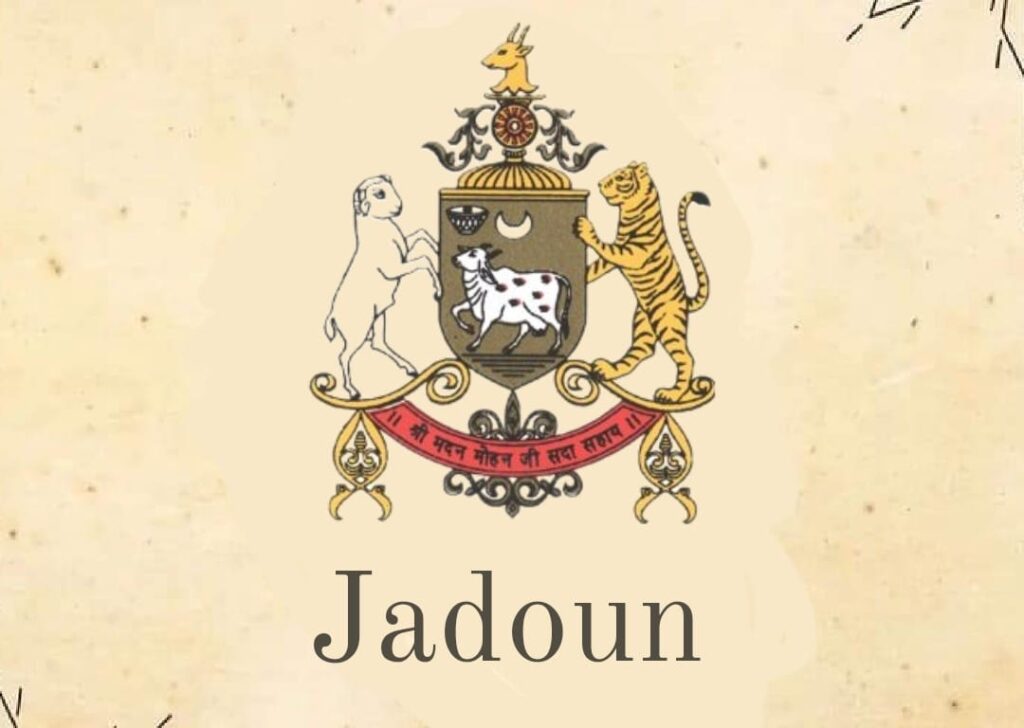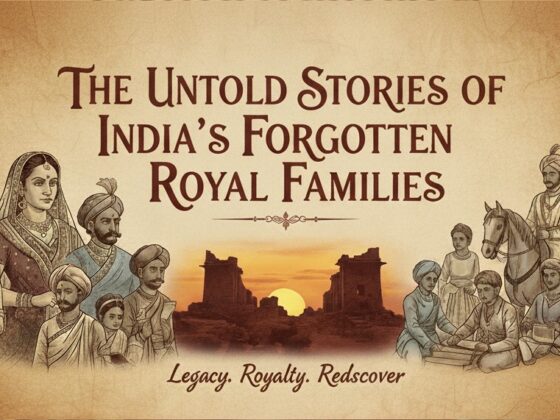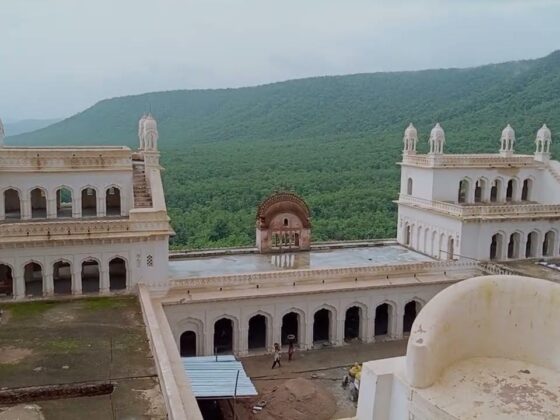Jadaun Dynasty: A Legacy of Governance and Cultural Heritage

Introduction
The Jadaun Dynasty holds a prestigious place in Indian history, with its rulers claiming descent from the Yaduvanshi lineage of Lord Krishna. This Rajput dynasty established several powerful kingdoms and played a pivotal role in the political and military landscape of medieval India. Not only were they known for their courage, but they also demonstrated remarkable administrative capabilities and patronage of culture. Consequently, the Jadauns ruled various regions, including Bharatpur, Karauli, and Bayana. Therefore, this article delves into the origins, achievements, and lasting impact of this illustrious dynasty.
Origins and Lineage
The Jadaun Rajputs trace their ancestry to Lord Krishna, belonging to the Chandravanshi (Lunar) clan. As part of the Yaduvanshi Rajputs, they were direct descendants of the ancient Yadava rulers who once dominated Mathura and Dwarka. After the decline of these early Yadava kingdoms, different branches of the dynasty migrated to various regions in northern and central India, forming new Rajput states. Eventually, by the medieval period, the Jadaun Rajputs had established their presence in Rajasthan, Uttar Pradesh, and Madhya Pradesh, building strongholds and influencing regional politics.
Major Kingdoms and Rulers
Several influential kingdoms and regions flourished under the Jadaun rulers. Among them, Bharatpur, Karauli, and Bayana became prominent Rajput strongholds.
1. Bharatpur and the Rise of the Jat-Jadaun Connection
The Bharatpur State was established in the 18th century under the leadership of Maharaja Suraj Mal, who was a Jat ruler with significant Jadaun ancestry. Due to his strategic acumen, he built a powerful kingdom, successfully defending it against Mughal and Maratha invasions. Under his reign, Bharatpur emerged as a key player in North Indian politics, with a strong military and robust economy.
2. Karauli: The Devout Rajput Kingdom
Karauli, one of the oldest Rajput states, was ruled by the Jadaun Rajputs for centuries. Since the rulers of Karauli were known for their deep devotion to Lord Krishna, they built several temples and forts dedicated to their heritage. For instance, the Kaila Devi Temple, a major pilgrimage site in Rajasthan, remains a testament to the dynasty’s spiritual influence.
3. Bayana: The Strategic Fortress
Bayana, located in present-day Rajasthan, was another major stronghold of the Jadaun rulers. Not only was it known for its fortifications and military strategy, but it also played a significant role in Rajput resistance against Delhi Sultanate and Mughal expansion.
Military Achievements and Battles
The Jadaun Rajputs were renowned for their military prowess, engaging in numerous battles against foreign invaders and rival kingdoms.
- Resistance Against the Delhi Sultanate: The Jadauns frequently clashed with the Delhi Sultans, resisting their attempts to establish control over Rajput territories.
- Fighting the Mughals: The dynasty played a crucial role in resisting Mughal expansion, allying with other Rajput rulers to safeguard their kingdoms.
- Strategic Alliances: The Jadaun Rajputs formed alliances with various regional powers, including Marathas, Rajputs, and Jats, to maintain their autonomy and influence.
Moreover, their warfare techniques, fortifications, and cavalry skills made them one of the most formidable Rajput clans of their time.
Cultural and Architectural Contributions
The Jadaun rulers were not only warriors but also great patrons of art, architecture, and culture. As a result, they constructed numerous forts, palaces, and temples, many of which stand today as historical landmarks.
1. Temples and Religious Patronage
- Kaila Devi Temple (Karauli): A revered Hindu shrine dedicated to Goddess Kaila Devi.
- Mathura and Vrindavan Temples: The Jadaun Rajputs significantly contributed to the development of temples in Mathura and Vrindavan, enhancing the region’s spiritual significance.
2. Forts and Palaces
- Karauli Fort: A stunning fortification showcasing Rajput military and architectural brilliance.
- Bayana Fort: Known for its strategic location and defensive strength.
- Lohagarh Fort (Bharatpur): A unique iron fort that withstood numerous Mughal attacks, showcasing the indomitable spirit of the Jadauns and Jats.
3. Literature and Folk Traditions
The Jadaun dynasty played a significant role in preserving Rajput traditions, folklore, and literature. Many ballads and historical texts recount their valor, chivalry, and sacrifices in battles. Consequently, their stories continue to inspire modern historians and cultural enthusiasts alike.
Jadaun Dynasty in the Modern Era
With the advent of British rule and the eventual integration of princely states into independent India, the Jadaun dynasty’s political dominance declined. However, their cultural and historical legacy continues to thrive through preserved forts, temples, and festivals.
Even today, many Jadaun descendants actively participate in regional politics, cultural preservation, and community leadership, ensuring that their ancestral history remains alive in modern India.
Conclusion
The Jadaun Dynasty stands as a testament to valor, resilience, and cultural patronage. From their roots in Lord Krishna’s lineage to their military exploits, grand architectural contributions, and spiritual devotion, they have left an indelible mark on Indian history.
Even today, the forts, temples, and traditions associated with the Jadaun Rajputs continue to inspire historians, travelers, and cultural enthusiasts. Their story serves as a bridge between India’s glorious past and its thriving present, showcasing the rich heritage of the Rajput clans.









